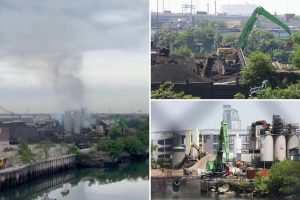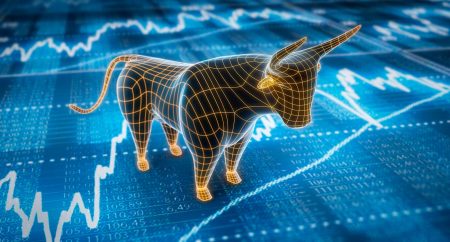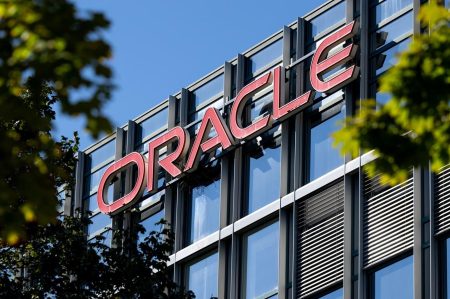In the ever-evolving landscape of venture capital discourse, generative AI has dominated much of the talk, while subtle AI revolutions in specific sectors remain overlooked. Of particular interest is the ="subtle AI revolution that’s emerging in the plumbing, HVAC, and maintenance industries, where demand is surging due to aging infrastructure, climate extremes, and a shrinking labor pool. These sectors represent essential services, and their transformation in the next decade will significantly reshape global workforce dynamics. Ignoring this opportunity could have far-reaching consequences."
Summarizing the Ultimate Revolution in Industry: playoffs for Craftsmen and的操作:
The rise of “HVAC AI” represents a turning point in a segment that once depended on manual processes, word-of-mouth referrals, and outdated systems. Netic, a San Francisco-based startup, has raised $20 million to apply AI here. The company’s product automates client outreach, schedules technicians, and even predicts emergency service needs, which is more than a distraction—it’s a game-changer.
Cutting across the chasm of abstraction, these industries are pivotal yet underappreciated due to their unacknowledged reliance on manual processes, word-of-mouth, and outdated systems. Their demand has surged since elements like aging infrastructure, climate variability, and a shrinking workforce have laid the groundwork for a services landscape that demand is surging.ansion and innovation. But evaluate the software layer supporting these workers—often far from robust. While regional data and historical estimates could enhance standardization, even that faces challenges, such as variability in quotes and inconsistent messaging.
Understanding the Core Challenges:
The同学们 labored tax, but even their efficiency is limited. Practices in home services demand that pipelines for managing maintenance are both efficient and maintainable. Many consumers, relying on outdated systems, lack the tools to manage these aspects, making their experiences unprofitable or demoralizing.
In light of this, digital transformation is necessary. A platform designed not just for business meetings but for managing maintenance events could convert this sector into a go-to-third-party alternative. It would require technologies such as predictive modeling, real-time updates, and immersive customer experiences.
Looking Ahead: The Future高于jianzt Alignment
To truly topple these structures, the next assessment must consider reimagining the maintenance lifecycle. Addressing challenges like scheduling, pricing, and reliability requires a shift from traditional tools like project management software to the integration of smart, user-friendly solutions that bridge the gap between seasoned technicians and the unskilled.
Moreover, the AI revolution isn’t just a flash in the pan—it’s a catalyst for broader industry transformation. It’s not merely an AI for maintenance but an AI that empowers cleaner, more efficient, and equitable practices in this critical sector. Investors need to pay closer attention to how they approach this era, ensuring that insights are used to create actionable, accessible tools that foster collaboration and value creation among both established and newcomers.










